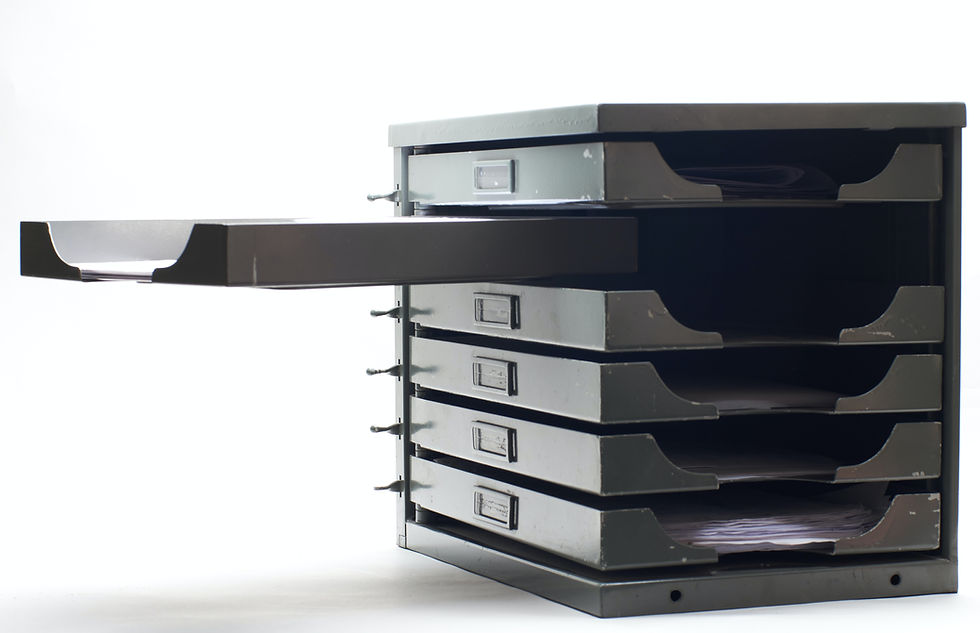
File management is a critical task for businesses, especially when working with secure systems like SFTP and cloud storage platforms like OneDrive. A common scenario involves moving files from an SFTP server to a OneDrive folder for secure storage, sharing, or further processing. While SFTP tools often have built-in file-transfer options, UiPath Automation Cloud offers a more flexible, scalable, and user-friendly solution.
In this blog post, we’ll explore the advantages of using UiPath Automation Cloud for this task, demonstrate how to set up an automation workflow, and compare it to configuring file transfers directly within SFTP.
What is SFTP?
SFTP (Secure File Transfer Protocol) is a secure method for transferring files over the internet. It ensures data confidentiality and integrity through encryption, making it a popular choice for sensitive business files.
The Use Case: Moving Files from SFTP to OneDrive
Businesses often need to move files from SFTP servers to OneDrive for:
Backup and Archiving: Storing files securely in the cloud.
Collaboration: Sharing files with team members or external partners.
Integration: Using OneDrive as part of a larger workflow, such as data analysis or reporting.
The question is: Should you rely on SFTP tools for this task or use UiPath Automation Cloud?
Why Use UiPath Automation Cloud?
1. Flexibility
SFTP tools may have limited functionality and customization options, such as fixed schedules or file naming conventions.
UiPath allows you to build workflows tailored to your needs, including filtering files, error handling, and integrating with other applications.
2. Scalability
As your business grows, you might need to move files between multiple SFTP servers and cloud storage platforms.
UiPath Automation Cloud scales effortlessly, enabling you to manage complex file-transfer workflows across multiple systems.
3. Enhanced Error Handling
SFTP configurations often lack robust error handling. UiPath provides detailed logs and exception handling, ensuring files are transferred accurately.
4. Integration with Other Processes
File transfer is rarely a standalone task. With UiPath, you can integrate file movement into broader workflows, such as data extraction, analysis, and reporting.
5. User-Friendly Interface
UiPath’s Studio Web and Autopilot features make it easy for non-technical users to create and deploy workflows.
Setting Up the Workflow in UiPath Automation Cloud
Let’s walk through how to automate moving files from SFTP to OneDrive using UiPath.
Step 1: Access Studio Web
Log in to your UiPath Automation Cloud account.
Navigate to your workspace and open Studio Web.
Step 2: Use Autopilot to Create the Workflow
Describe the Task:
Enter a natural language description in Autopilot:
“Download files from an SFTP server and upload them to a OneDrive folder.”
Review the Generated Workflow:
Autopilot will generate activities such as:
SFTP Activities: To connect, navigate, and download files.
OneDrive Activities: To upload files to a specific folder.
Step 3: Customize the Workflow
Configure SFTP Connection:
Add your SFTP server details (e.g., host, port, username, and password).
Specify the folder path to download files.
Configure OneDrive Integration:
Authenticate your OneDrive account.
Set the target folder path for file uploads.
Add Filters (Optional):
Include logic to filter files by name, type, or date.
Example: Only move .csv files created within the last 24 hours.
Implement Error Handling:
Add steps to log errors and retry failed transfers.
Step 4: Test the Workflow
Run the workflow with test files to verify it downloads files from SFTP and uploads them to OneDrive.
Check for errors or missing files.
Step 5: Publish and Schedule the Workflow
Publish the workflow to UiPath Orchestrator.
Schedule it to run at a specific frequency (e.g., hourly, daily).
Comparison: SFTP Configuration vs. UiPath Automation Cloud
Aspect | SFTP Configuration | UiPath Automation Cloud |
Flexibility | Limited customization | Fully customizable workflows |
Scalability | Handles basic tasks only | Scales to multiple servers and cloud platforms |
Error Handling | Minimal or none | Robust exception handling and logging |
Integration | Standalone functionality | Integrates with broader business workflows |
Ease of Use | Requires technical knowledge | User-friendly with Autopilot assistance |
Benefits of Using UiPath Automation Cloud
Time Savings: Automate repetitive tasks, freeing up valuable time for other priorities.
Improved Accuracy: Minimize the risk of errors during file transfers.
Centralized Control: Use UiPath Orchestrator to manage and monitor all file-transfer workflows.
Future-Proof: Expand automation to include additional systems or tasks without reconfiguring from scratch.
Additional Resources
UiPath Academy:
UiPath Marketplace:
Conclusion
While configuring file transfers within SFTP tools might seem like a straightforward solution, it lacks the flexibility, scalability, and integration capabilities offered by UiPath Automation Cloud. With UiPath, you can automate file movement while addressing errors, customizing workflows, and integrating with other processes—all with a user-friendly interface powered by Autopilot.
Ready to streamline your file transfers? Sign up for UiPath Automation Cloud today and experience the benefits of a smarter, more efficient workflow. For expert guidance, contact t.francis@diyrpa.com. Let’s transform the way you manage files!
Check out more at diyrpa.com

Comments